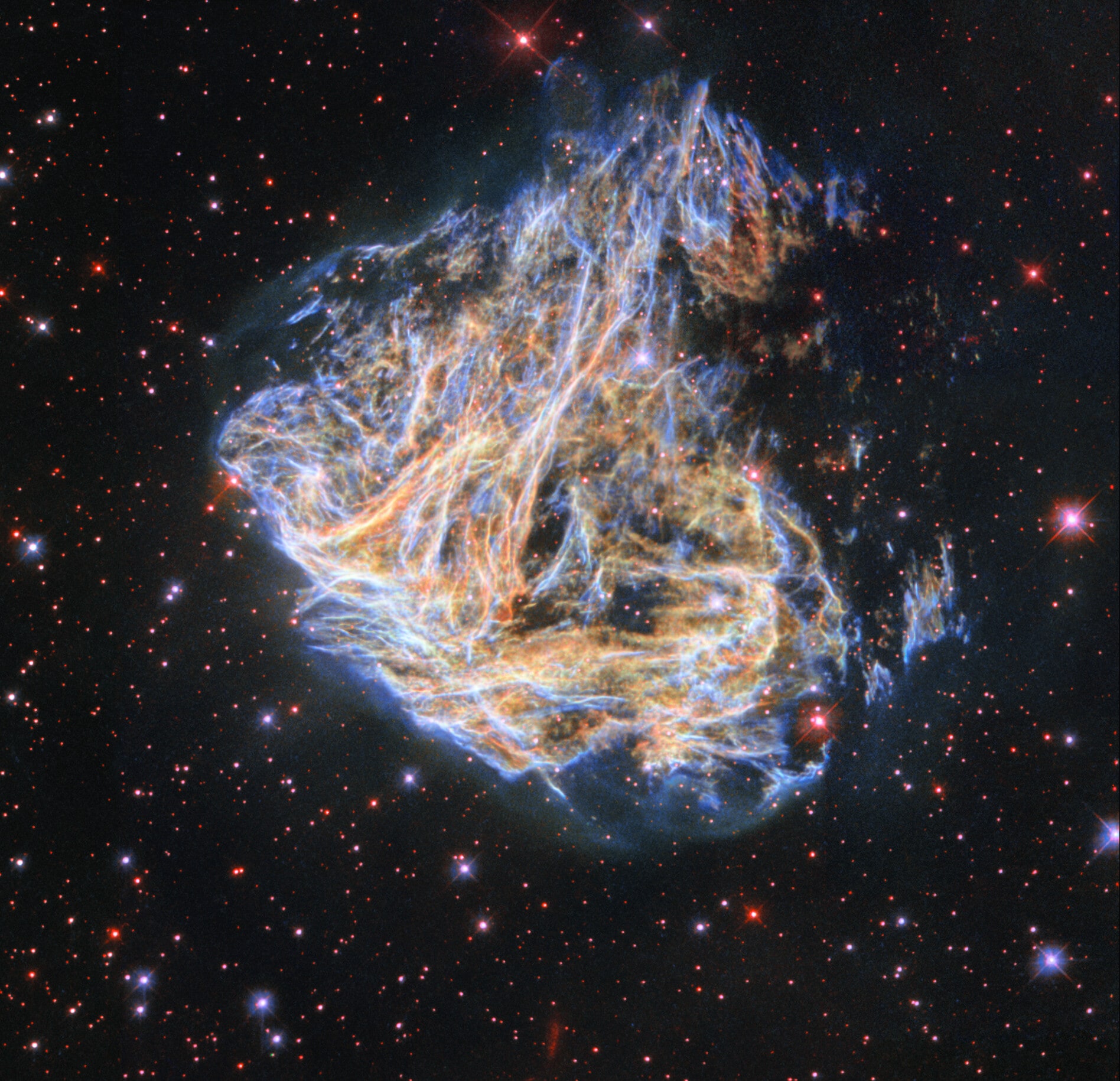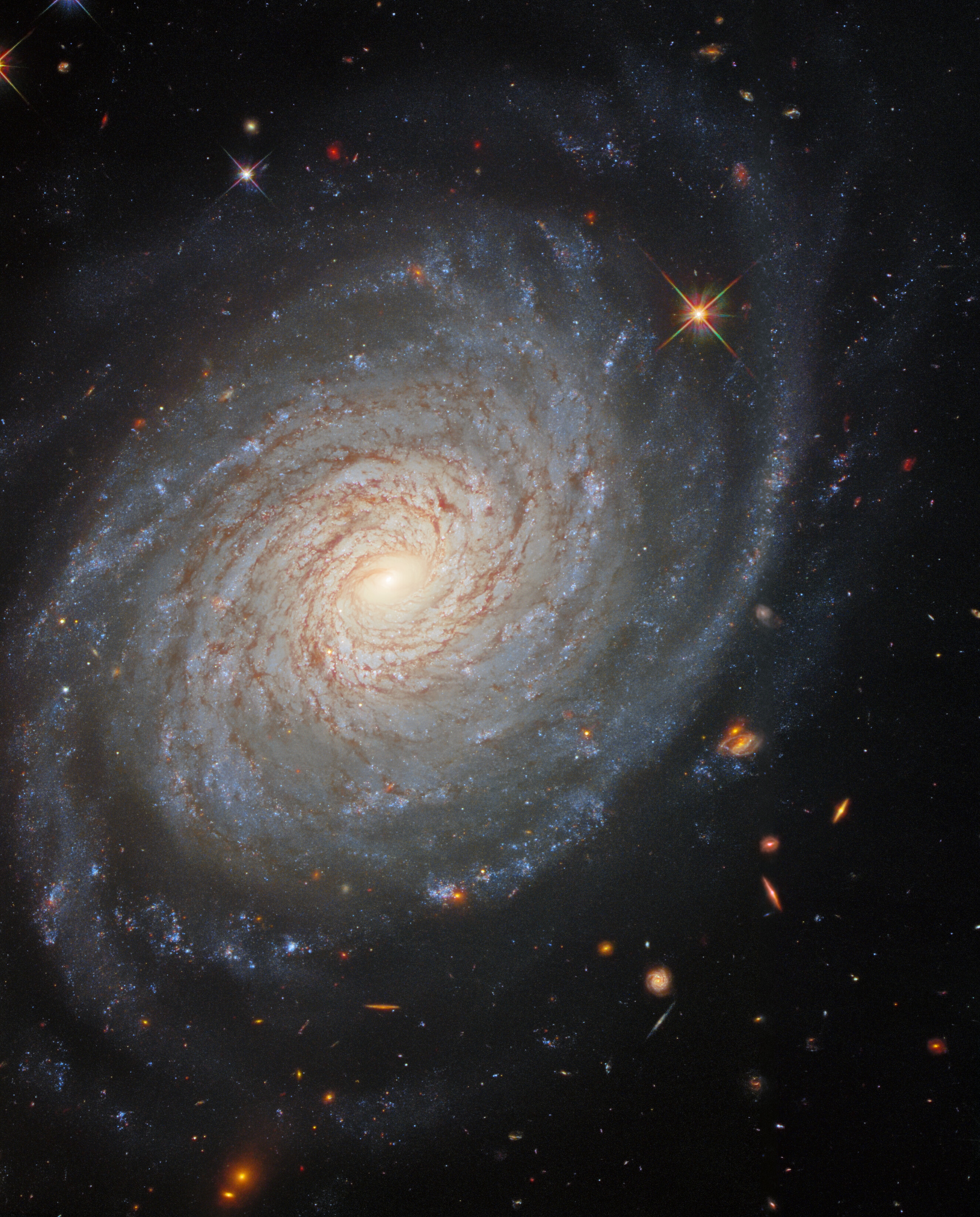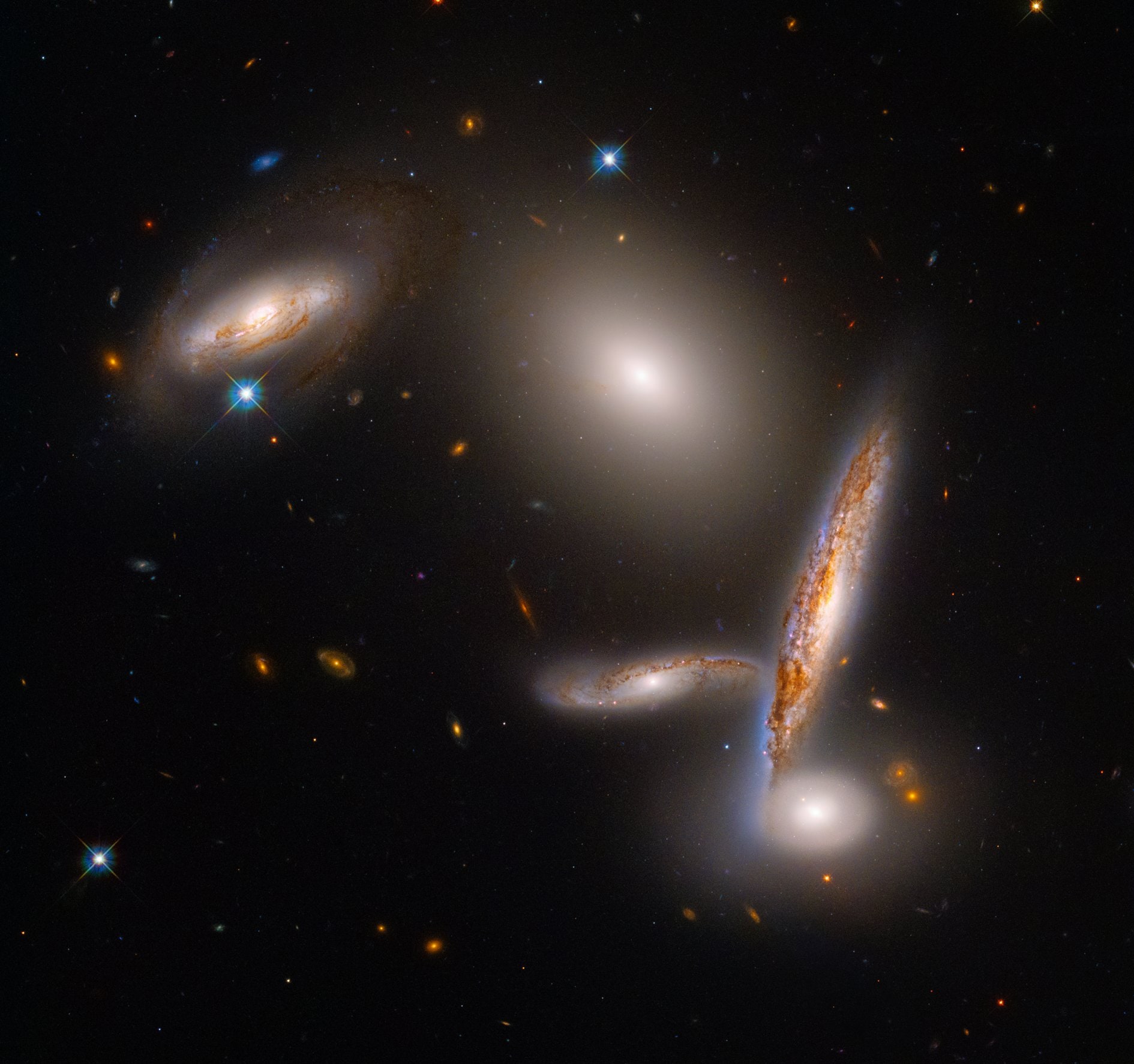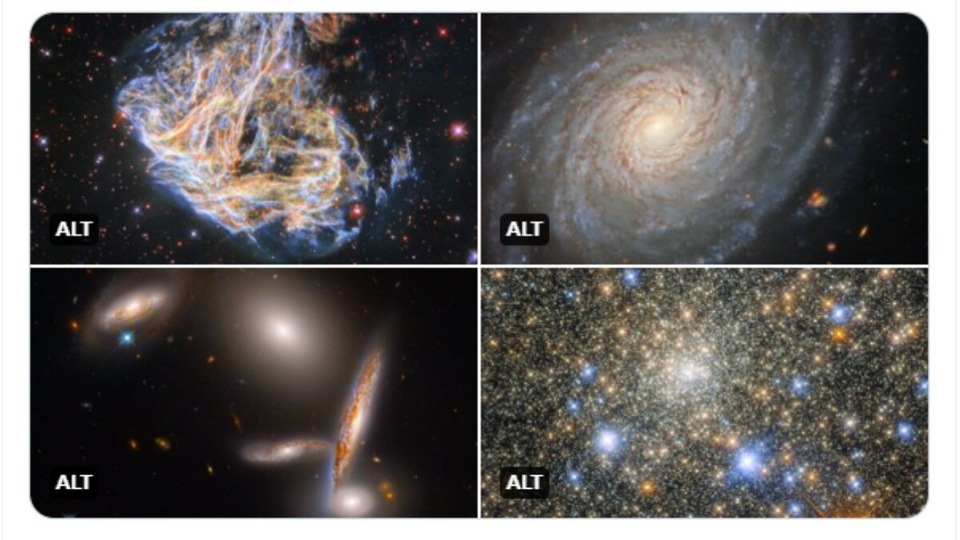What is your favourite Hubble Telescope image? NASA wants to know
NASA's Hubble Space Telescope has shared a few images captured by it and the US space agency wants to know, which one is your favourite. Check images, full details here.









First Published Date: 30 Dec, 15:57 IST
Tags:
nasa
hubble space telescope
NEXT ARTICLE BEGINS































